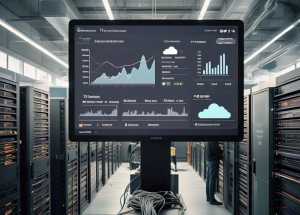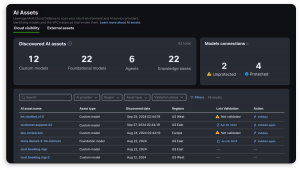Opinion: When not to use Big Data
![]() The news that Facebook tried to manipulate users’ emotions by fiddling with the content of their news feeds and that dating website OKCupid intentionally matched incompatible people to see how they would interact with each other is unsettling, but at least no lives were affected. What really gives me the creeps is the growing likelihood that our privacy, security and even our careers could be at risk because of the behavior of others.
The news that Facebook tried to manipulate users’ emotions by fiddling with the content of their news feeds and that dating website OKCupid intentionally matched incompatible people to see how they would interact with each other is unsettling, but at least no lives were affected. What really gives me the creeps is the growing likelihood that our privacy, security and even our careers could be at risk because of the behavior of others.
This Ted Talk by Jennifer Golbeck, director of the Human-Computer Interaction Lab at the University of Maryland, is well worth the 10-minute investment. Golbeck starts by telling how researchers were able to determine that people who liked a curly fry page on Facebook have a high IQ. The correlation actually has nothing to do with curly fries but everything to do with who we hang out with. Smart people tend to hang out with other smart people, just as political conservatives and football lovers tend to gravitate toward those who share their interests. If a few smart people are the first to put their imprimatur on a curly fries page, there’s a high likelihood that their friends will do the same. And so will their friends, and so on down the line resulting in a disproportionate number of smart people exhibiting the same behavior.
This particular example isn’t very intimidating, but the concept gets creepy when applied in other ways.
Consider the New York Times article two years ago in which data scientists at Target Stores revealed how they figured out that a shopper was pregnant before even the shopper’s family was aware of her condition. They did this without accessing any personal data. Rather, the shopper’s behavior, when analyzed against a database of millions of other shoppers, revealed the secret.
These are examples of data profiling, a practice that straddles the line between personalization and privacy invasion. Profiling is illegal when applied to ethnicity or gender, but what about when the variables are a bit different?
For example, Golbeck suggests that a service could predict how well job applicants will work with others or if they’re predisposed to alcohol or drug abuse based upon correlations that have nothing to do with either of those behaviors. It could simply be that they like the same curly fries pages as workplace alcoholics.
Human resources professionals would love to get that kind of information, but what about the people whose career prospects could be affected by factors over which they have no control? And what if one of those people found out that profiling was used to deny them employment? The legal consequences are huge.
Golbeck says current case laws don’t cover these scenarios. “You would have absolutely no control over me using your data like that,” she said. “That seems to me to be a problem.”
Indeed it is. Profiling is just one example of how Big Data can backfire. What seems to be a tantalizing opportunity may actually be a cesspool of liability problems. It’s an example of why organizations need to be careful about how far they push the potential of the new tools they’ve been given. Heaven help us that government steps in, because the cure will almost certainly be worse than the disease.
We’re in the very early stages of understanding the implications of this kind of data science. Chief Data Officers will be responsible for not only figuring out how to apply the new tools of analysis, but also when not to apply them at all.
Photo credit: april-mo via photopin cc
A message from John Furrier, co-founder of SiliconANGLE:
Your vote of support is important to us and it helps us keep the content FREE.
One click below supports our mission to provide free, deep, and relevant content.
Join our community on YouTube
Join the community that includes more than 15,000 #CubeAlumni experts, including Amazon.com CEO Andy Jassy, Dell Technologies founder and CEO Michael Dell, Intel CEO Pat Gelsinger, and many more luminaries and experts.
THANK YOU









